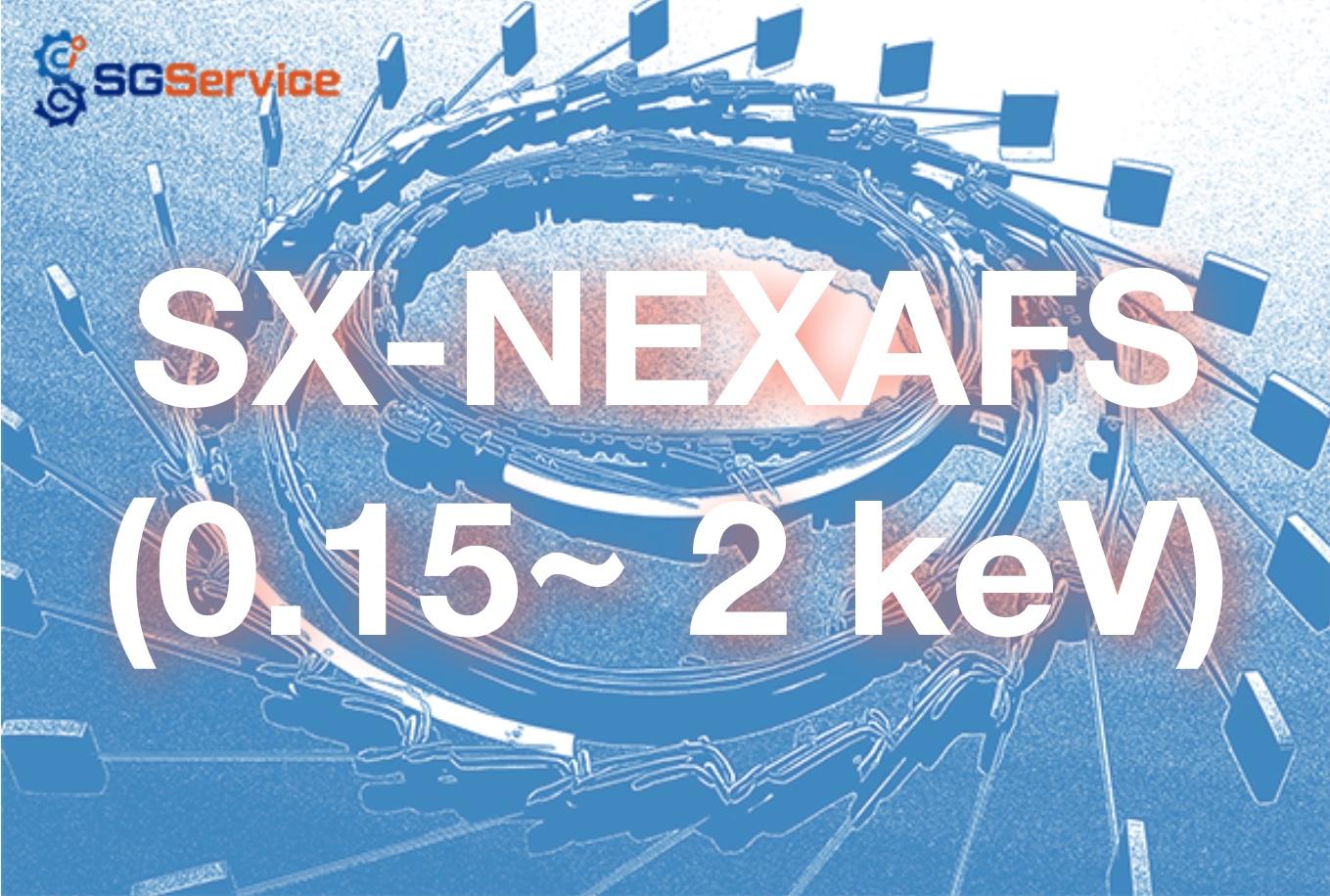Probing the Optical Property and Electronic Structure of Materials for Renewable Energy Applications

A 4-minute read
In a study back in 2014, X-ray absorption spectroscopy (XAS) and X-ray emission spectroscopy (XES) were used to probe the unoccupied electronic states of the material and also probe the occupied electonic states by observing the emission probability respectively. Band gaps of anatase an rutile TiO 2 were obtained from combining the XAS and XES data.

Figure 1. Future power plant envisioned for production of hydrogen gas via decomposition of water molecules by means of solar energy (Tachibana et al., 2012)
The US Energy Information Administration estimated in 2013 that by 2040, global energy consumption will increase by 56%, rising from 520 quadrillion Btu per year in 2010 to 820 quadrillion Btu per year. The scientific community, business, and the very public in general recent decades about our steadily increasing energy needs. However, due to the initiative to address the most urgent energy-related issues, collaborative efforts driven by partnerships between academia, government, and industries have led to many growth and technological developments for the decomposition of toxic elements from the environment. When considering the technological developments in the search for ecologically friendly, clean energy, metal oxide compounds of reduced scale (such as thin films, nanorods, nanoparticles, and quantum dots) have become increasingly important. One such oxide compound is IV -VI titanium dioxide (TiO 2 ), which exists in nature in one of three polymorphs, rutile, anatase, and brookite, with a band gap (Eg) ranging from approximately 3.0 to approximately 3.2 eV (ie, from ca. 413 to ca . 387 nm); thus, it is primarily photosensitive in the ultraviolet (UV) wavelength range. TiO 2 is a very adaptable and well-integrated semiconductor in daily life. Its inherent photoelectric property is a key characteristic which has greatly increased interest in this material.

Figure 2. ( a) Schematic representation of X-ray absorption and emission processes that provide detailed information on the density of unoccupied and occupied states in matter. (b) Typical RIXS process at the Ti L-edge reflecting the d − d excitations . (c) Estimation of the band gap by combining the XAS and XES results. The CBM and VBM are obtained by extending the linear sections of the band to where they intersect with the baseline. (Kapilashrami et al., 2014 )
The capacity to explore the electronic structure, charge symmetry, and local chemical environment in materials using high precision light–matter interaction with high-brilliance light spanning from soft X-ray to hard X-ray is provided by synchrotron-radiation-based X- ray spectroscopy. X-ray absorption spectroscopy (XAS) and X-ray emission spectroscopy (XES) are two popular spectroscopic methods. While the valence orbital) probability as a function of photons out illustrated in figure 2. (a), unoccupied electronic states as a result of the excitation of core electrons into unoccupied electronic states (conduction band). The band gaps of anatase and Rutile TiO 2 estimated from combining XAS and XES shown in figure 2. (c).

References
[1] Tachibana, Y., Vayssieres, L., & Durrant, JR (2012). Artificial photosynthesis for solar water-splitting. Nature Photonics , 6 (8), 511–518. https://doi.org/10.1038 /nphoton.2012.175
[2] Kapilashrami, M., Zhang, Y., Liu, YS, Hagfeldt, A., & Guo, J. (2014). Probing the optical property and electronic structure of TiO2nanomaterials for renewable energy applications. Chemical Reviews , 114 ( 19), 9662–9707. https://doi.org/10.1021/cr5000893

